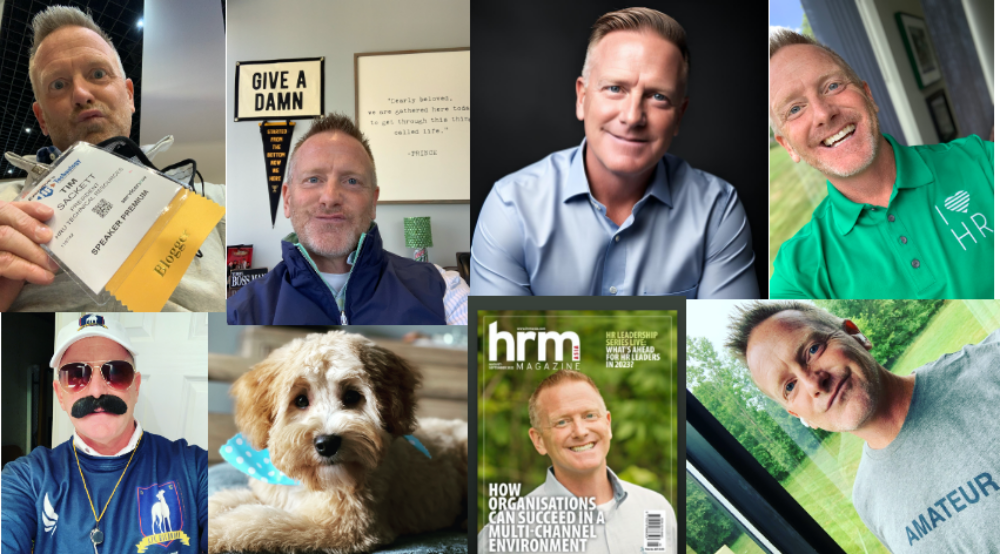Here’s why HR and Talent Acquisition is NOT like Marketing.
This is marketing –
Nike, Addidas, Under Armour, etc. all fight for market share. Nike signs Lebron, KD and Kobi. Under Armour signs Steph Curry. Addidas gets D Rose and Wiggins. All of the shoe companies are trying to sign the top sports talent to shoe deals, so you’ll go out and drop $200 a pair for your kid to run around and act like they’re the next Steph Curry.
The ‘brand’ of the shoe you kid is wearing, that you are wearing, matters. It matters to them, it matters to you. I know it matters because the shoe game is a $63 billion industry. Billion! You care about what you put on your feet. Your kids really care! Accept my 12-year old who didn’t know who Kevin Durant was when I bought him a pair of KD’s earlier this year. See if he get’s another pair!
The shoe companies spend billions of dollars to create a brand that you want to be a part of, so, you’ll spend even more billions to buy their shoes made by 12-year-olds in China.
This is HR and Talent Acquisition –
We are spending more and more of our organization’s resources to create employment brands. We are doing this because we need to let ‘talent’ know we are the best option for them to come and work. If we don’t play the game, other employers will beat us to the best talent. Employment branding then becomes a strategic imperative to our organizations.
The one major difference is, we are only selling an idea. The shoe companies are selling a product (and an idea that you’re cool if you wear our product!). We, HR and TA, are not selling a product that makes our organizations money. You have an actual marketing department that is doing that. So, in effect, you are creating something, that really has no value in the broader picture of your organization.
That probably doesn’t feel good, right there, for those who are spending most of their life working on and worrying about their organization’s “employment brand”. You want to argue with me on this. I get it.
The reality is, there are only a handful of true employment brands that anyone really cares about or understands. You can name them off the top of your head: Apple. Facebook. Microsoft. GE (and only because they’re dropping millions right now on this). Enterprise Rent-A-Car (I would argue is the first and best at actually doing this organically, by hiring former NCAA athletes that didn’t go pro). Give me other national employment brands?
The reality is people have no idea what it’s like to work at GM. Or Oracle. Or Walmart. Or IBM. Or FedEx. Or PepsiCo.
We know of them because of their ‘brand’, not their employment brand. Pepsi could spend zero dollars on employment branding, and people would still have a positive connotation of their employment brand because they love their product brand. Conversely, WalMart could spend a billion dollars on employment branding, be a thousand times better to work for than Pepsi, and people wouldn’t buy it. Actually, they probably would, we’re all suckers for believing what the TV tells us.
So, this arms race of employment branding all seems a bit silly.
If every organization is out their ‘building’ their employment brand, the noise gets raised up all at the same time. The only ones who truly have an advantage are the ones who were out first, before the noise got so loud or the ones with the most money who can buy bigger speakers!
The noise is already deafening, and candidates have already stopped listening.
So, what can you do, if you’re one of those employers who is a good company, but people really have no idea who you are and what you do, and what kind of work environment you have? How do you break through the noise?
I believe you need to define what audience you really need to attract and you need to go after them with a sniper rifle. Not louder. Not with a shotgun. Not bigger. Not more money. Get very narrow, and pick off individuals you truly want.
You don’t need to make your message bigger and louder, you need to sneak around the crowd and pull people out of the fray. Put a hood over their head. Throw them into the van and take them back to headquarters. Well, so to speak.
In an arms race where you can’t afford nukes, you need to take the opposite approach and lay down your weapons. Many times the silent protest will get you what you’re looking for.
